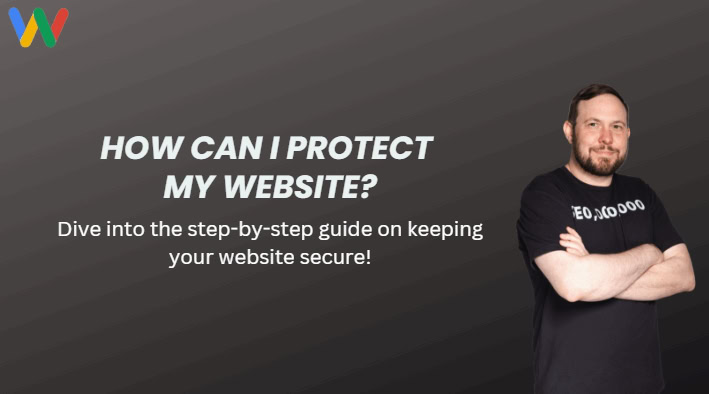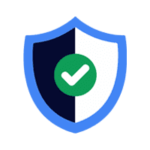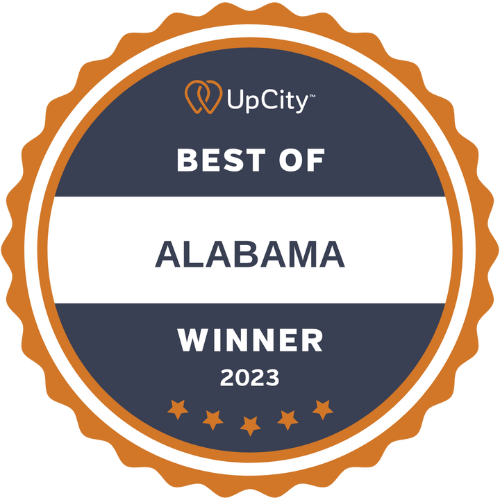If you’ve worked hard on your website, you may not want to compromise on your valuable data.
Research indicates that 43% of data breaches are experienced by small businesses.
Thankfully, putting up a virtual security wall for your website isn’t too much work.
All you need to do is take a few necessary precautions like we do with our client websites we host. Before I got into digital marketing, I spent close to 15 years working in the IT sector. I did everything from work related to military satellites to enabling remote communications for a utility company. By the time I built my first website for a client, I was already CompTIA Security+ certified.
So to say security is a priority here at Webology would be an understatement for us.
In this blog post, we’ll cover everything you need to know for bullet-proof website security.
Table of Contents
Get your defenses strong before it’s too late!
How Can I Protect My Website? Blake’s Step-by-Step Guide
The topic “How can I protect my website” may sound technical.
But, while there are some advanced safety measures, most of them are actually pretty easy to implement.
Let’s get moving.
Install Security Plugins
If you’re not using a content management system (CMS), you might want to consider using one.
This is because a CMS like WordPress offers various plugins to strengthen your website’s security.
As a result, any hacking attempts can be made ineffective.
Some popular security plugins on WordPress are:
- Bulletproof Security
- Sucuri
- Wordfence
Other CMS services, such as Magento and Joomla have their own security plugins.
However, whether you’re using a CMS or not, using SiteLock can enhance protection through:
- Malware detection
- Vulnerability identification
- Virus scans
Use HTTPS
HTTPs build trust in your prospects’ eyes, allowing them to give out their information with peace of mind.
This is especially helpful for e-commerce websites where critical information such as a credit card is involved.
Even if your website doesn’t collect sensitive information, it should have an SSL certificate installed.
When your website has an SSL installed, here’s how it appears in the search browser:
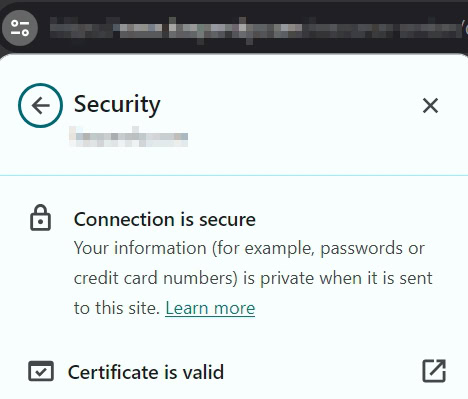
When your website isn’t secure, many visitors will bounce back.
Plus, insecure sites are less likely to rank on the first page since it’s an important SEO factor.
Second, it actually secures online information exchanges.
To set up HTTPS on your website, you just have to install an SSL certificate.
Most hosting services offer free SSL certificates and if they don’t the cost is usually nominal.
If you already have a website, there are two ways to secure it:
- Buy an SSL certificate
- Use Cloudflare
The first option is easier, but it requires a small investment.
You can buy an SSL certificate from a company like Namecheap for under $10.
The second option is free but requires some technical know-how.
It involves creating a free Cloudflare account, setting up your domain and installing an SSL.
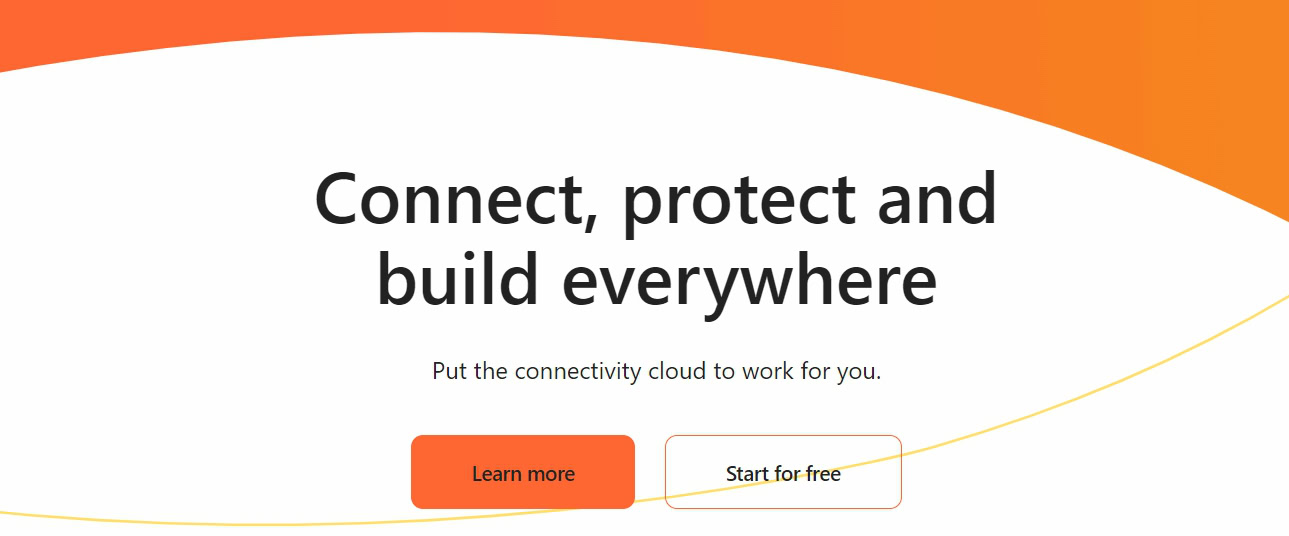
Use a Reliable Hosting Service
A reliable hosting service covers the basics of site security.
It ensures that your servers are:
- Secure
- Backed up
- Maintained
This prevents data breaches.
On the flip side, hosting services that don’t offer security features like firewalls put your data at risk.
Related: Should You Get a Discount Web Hosting?
Keep Everything Up to Date
Ensuring everything is up to date is crucial, especially when you’re using a CMS like WordPress.
These platforms are normally open-source, allowing hackers to exploit the vulnerabilities.
The good thing is keeping a WordPress site up to date isn’t time-consuming.
Make sure your WordPress version, theme, and plugins aren’t out of date.
To check if your WordPress website checks all the boxes, simply log in and look for any pending updates.
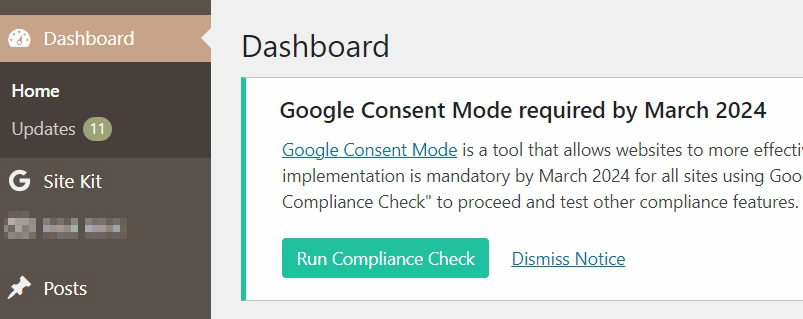
You can even set automatic updates on WordPress.
Create Secure Passwords
If you’re using 123456 (or something like that) as a password for website login, don’t.
A password that’s easy to guess is an insecure password.
So, while it can be tempting to create an easy-to-remember password, it’s not always a good idea.
Especially when there’s a lot of valuable data at stake.
To prevent unauthorized login and hacking attempts on your site, make an effort to come up with a strong password.
The best advice someone can give you is that you should:
Make it long and complicated.
Use a mix of:
- Numbers
- Letters
- Special characters
- Leverage a password manager
The job is not done once you’ve created a strong password for yourself. Security has to be embraced by the entire organization.
If you have team members who have access to your site, make sure they’re not using an easy-to-guess password as well.
Use Automatic Backups
Do you know what’s the worst thing that can happen to you as a result of hacking? Losing all your data.
Using automatic backups after a fixed interval is the best way to ensure minimal loss.
You can make it a habit of manual backups but if there’s a chance you’ll forget, use an automatic backups plugin.
For instance, UpdraftPlus is a WordPress plugin that offers powerful automatic backup features.
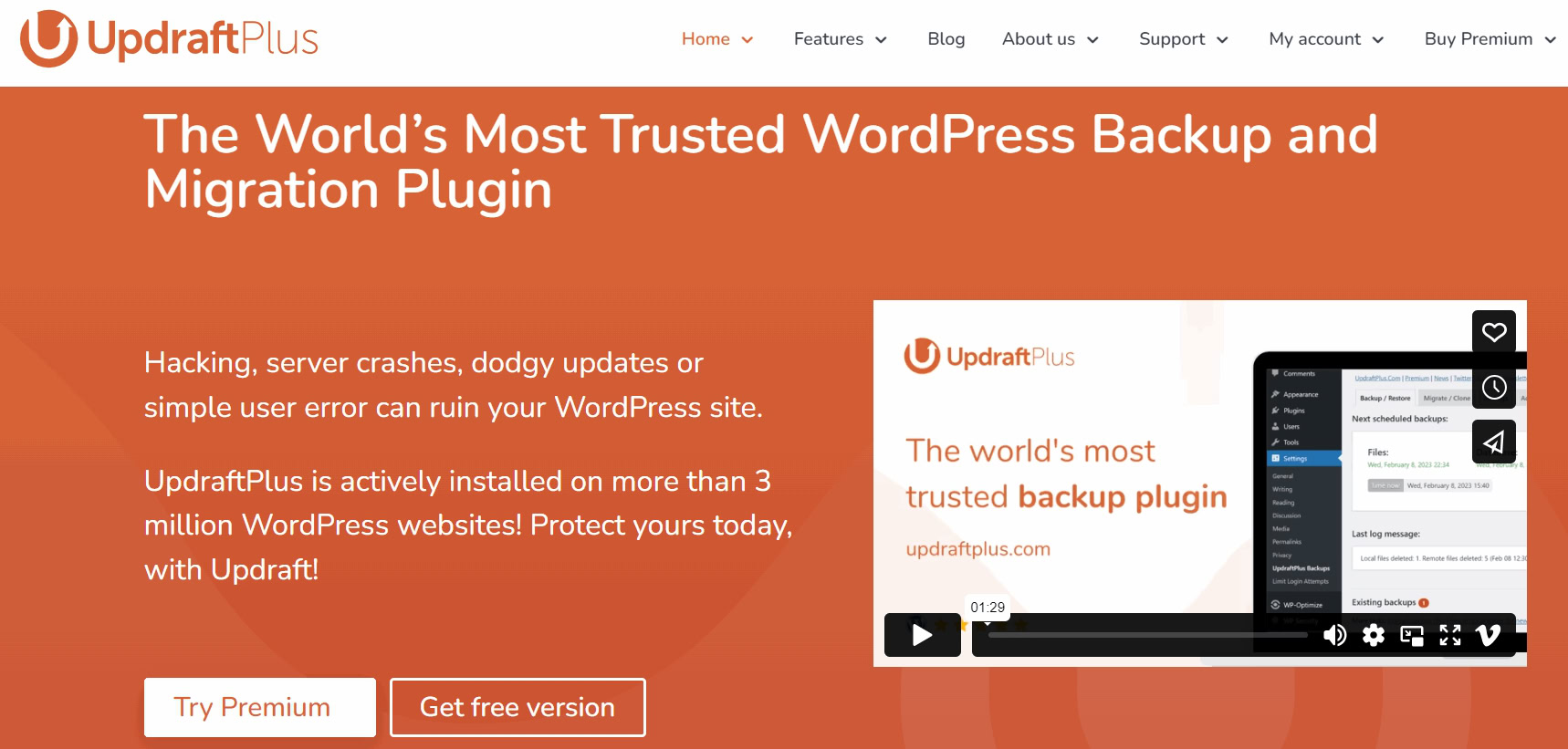
Take Precautions When Accepting Files
If you’re giving anyone the ability to upload files to your site, a few additional precautions become necessary.
Ideally, don’t accept file uploads on your website.
But if you have to offer this feature, take some necessary precautions.
Create a whitelist: Start by specifying the types of files you want to accept on your site. This will help you keep malicious file types at bay.
Use FIle Type Verification: One of the ways hackers can upload shady file types is by renaming them with a different extension. Using file type verification can help you prevent these uploads.
Scan Files for Malware: Of course, every file associated with your website needs to be safe. Use a quick scan to make sure there’s no malware.
Rename Uploaded Files: Renaming uploaded files automatically helps prevent hackers from accessing these files again.
Conclusion
Your website’s data isn’t automatically secured from hackers and data breaches.
The information you have on your small business website is too important to leave unprotected.
Thankfully, there are a few simple steps you can take to prevent it from getting compromised.
Here’s a quick recap:
- Install an SSL certificate
- Use security plugins if you’re using a content management system like WordPress
- Use a reliable hosting platform with effective security features
- Keep everything up to date (Themes, plugins, etc.)
- Use automatic backups
- Take the necessary precautions when accepting files
You May Also Like: Why is My Website Not Ranking on Google?

